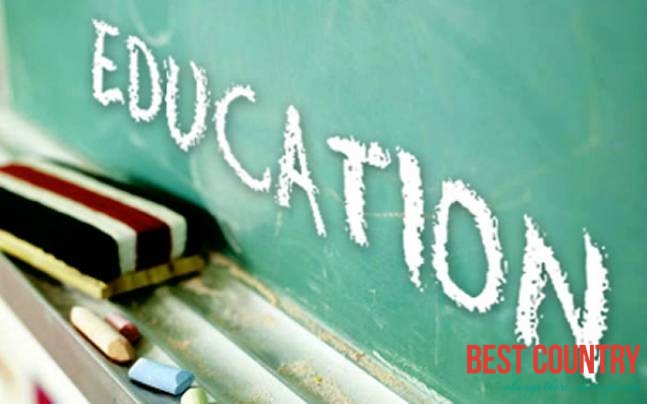Education in Kenya

Pre-Primary Education
Before joining primary school, children aged between three and six are required to attend pre-primary for one or two years. The main objective is to cater to the total development of a child, including the physical, spiritual, social and mental growth, brought about through formal and informal interaction with the parents and the community. Areas of concentration have been health, nutrition, care and basic education.
Primary Education
Primary school is the first phase of the 8-4-4 education system and serves students between the ages of six and fourteen. The main purpose of primary education is to prepare students to participate in the social, political and economic well being of the country and prepare them to be global citizens.
Primary education is universal and free but not compulsory. A major goal of primary school education is to develop self-expression, self-discipline and self-reliance, while at the same time providing a rounded education experience.
The primary school years are split into what they call Standard One through to Standard Eight. At the end of Standard Eight the students sit the Kenyan Certificate of Primary Education (KCPE), the results of which are used to determine placement at secondary school. Candidates are examined in five subjects: Kiswahili, English, Science and Agriculture, Mathematics and Social Studies.
Secondary Education
Secondary education begins around the age of fourteen and lasts for four years. However due to delayed primary school entry and limited educational schools and facilities, many students (especially those from rural areas) experience late admission into the secondary education system. Secondary schools in Kenya are aimed at meeting the needs of students who end their education after secondary school and also those who proceed onto tertiary education.
Due to the large increase in primary school enrolment (since it became free) the number of students seeking secondary education has grown significantly. In 1963 (the start of independence) there were 151 secondary schools and the total number of students enrolled was 30,120. Today there are about 3000 secondary schools and the enrolment is about 620,000 students.
Tertiary Education
There are seven public Universities and seventeen private Universities with an enrolment of about 50,000 students. In addition to adding technical courses at primary and secondary school level, vocational education has been a focus of the education system.
The Ministry of Higher Education has developed a national strategy for technical and vocational education and training aimed at the rehabilitation of physical facilities and equipment and ensuring that vocational and technicals institutions are appropriately equipped.